Rents in Dubai: Tenants can save up to Dh100,000 a year by relocating to suburbs
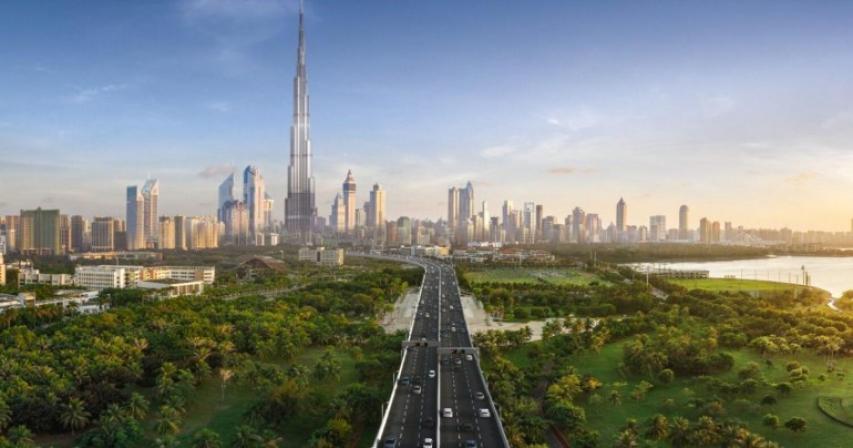
With the implementation of flexible work policies in Dubai, the real estate market has been transformed as demand is now shifting from central districts into suburban and community-oriented developments in order to avoid both high rentals and traffic.
Freelancers among many other residents have started moving to Dubai's suburbs, in order to work from home and also avoid excessive rental prices. Obviously, such work-from-home and remote work options allow some of the tenants to save Dh100,000 approximately in rent as they move to the outskirts of Abu Dhabi. This avoids the hassle of spending hours in traffic too.
As the pandemic has passed, the population of the emirates has peaked leading to an immense rise in traffic where several drivers take hours to travel from work to their homes.
As per the recent survey conducted by the Roads and Transport Authority (RTA), it was stated that such flexible work hours and remote work can completely reduce the peak hour quirks across Dubai by up to 30 percent allowing people to disperse away from the hustle and bustle of the city.
More and more, people will avoid areas where the bulk of their businesses are concentrated with the ability of working remotely.
Communities in the outskirts such as Dubai South and the Al Qudra villa community have become appealing options due to the larger living spaces at more attractive prices and availability of key facilities. In October 2024, the real estate market in Dubai was transacted for over Dh54.6 billion with 23,791 deals done, all of which demonstrate continued strong demand. This kind of need goes hand in hand with the increasing popularity of the suburbs fueled by the opportunities for remote working.
Of note, the trend of the moving populations and realigning to the Dubai South sector, as well as communities along Sheikh Mohammed bin Zayed Road and Emirates Road are indeed gaining pace owing to the eventual shifting of operations of DUBAI INTERNATIONAL AIRPORT to Al Maktoum International Airport ten years from now. This has prompted many developers, particularly some of the larger local companies, to start constructing master communities in such regions.
“Due to the economy, suburban areas are likely a more realistic alternative. Many communities outside of central Dubai are relatively cheaper and decent to live back'’ , said Ayman Youssef, managing director, Coldwell Banker.
Hanae Ouakrime, a freelance professional who moved to Ras Al Khaimah one year ago because of high rentals in Dubai and Sharjah, now considers this move. She does not have to waste hours in traffic as well because she relocated.
“I live in Ras Al Khaimah and mainly work from home, coming to Dubai one or two times a week. If I leave early, it takes just one hour. Lokking for a Bali beachfront that is still less crowded, away from the busy Manila. By moving to RAK, I’m providing more space for myself and my two pets and also saving myself from the stress of being stuck in traffic,” commented Ouakrime.
Save up to 50% on rentals
Youssef further stated that whenever tenants want to relocate from Downtown to some other area, they can reduce their annual rentals on similar properties by as much as 50 percent.
Yamaguchi claimed that “in Maple, for example, a Dh260,000 rent townhouse will cost for a 3 bedroom townhouse, whereas that same townhouse in Valley has an approximate price of Dh140,000. And 2 bed Town Square apartments average Dh100,000 compared to Downtown at Dh200,000.”
Also, sharp increases in rents which in the past 3 years were constant, have also forced some tenants to relocate to remote communities.
“High rent inflation is difficult for many tenants, but some decorators see potential in renting houses in districts less developed than central Dubai. The good description is that these areas are well provided with amenities and quality lifestyles suitable for the inhabitants”, he emphasized.
As highlighted there, most tenants are seeking values and YP in other city regions tends to get a diverse marketplace, Farooq Syed, CEO Springfield Properties stated, tension in the market was coming from RTA.
“Having the time saved from commuting due to working remotely motivated by the government policy, people will now look for big homes in appropriate community settings that allow them to work from home. This will revolutionize the Dubai property market, and change the dynamics which the customers will be looking for,” he said.
More than occupying space physically and single handedly, today’s homebuyers possess much more ambitions and therefore look for properties that can fulfill their professional prospects whilst bringing balance to their lifestyle. Home features such as dedicated office spaces, access to green areas and recreational facilities have become top priorities. In places such as Damac Hills 2 the average sales prices increased by 29 per cent in one year which shows that reasonable and spacious suburbs with room for remote jobs are in greater demand.
Dubai developers respond
The likes of Emaar, Damac, and Sobha are addressing these needs by focusing on flexible housing plans and integrating the communities, so that the residents have the type of space and comfort necessary for working from home.
Developers are also continuing this new trend by funding community-based schemes that blend housing, retail, and leisure. The Town Square by Nshama, Dubai Hills Estate, Arabian Ranches 3, and The Valley are projects that follow this trend by providing all the needs of the residents including shopping, eateries and leisure activities within the premises.
“Developers are constructing societies where residents dont have to leave their homes for any of their requirements. This points towards the emerging trend in Dubai’s real estate of being functional and premium,” commented Farooq Syed.
In the last few years, a number of recent development projects have been carried out by both local and international developers across Dubai due to the rise in demand from local clientele ready to become home buyers and international investors who are taking advantage of lower property prices compared to other cities around the world.
Similar projects such as Emaar's Greenville in Emaar South and Avena in The Valley have also been initiated to serve remote workers and families by emphasizing on facilities that match the changing lifestyle trends of residents in Dubai.
As more people move into suburban areas, it becomes inevitable to develop the infrastructure that supports such growth. According to the RTA study, remote work policies could alleviate traffic on Sheikh Zayed Road and Al Khail Road by 9.8 and 8.4 per cent respectively. In order to maintain the attractiveness of suburban communities, development of infrastructure; from schools and hospitals to transport networks, is a must.
Population in Dubai is likely to grow to 7.8 million by the year 2040 which will make expansion of infrastructure necessary especially for the suburbs with larger resident population.
The shift onto remote work is likely to have permanent repercussions on the real estate market of Dubai.
Farooq Syed further noted that with space restrictions in urban centres, it is expected that Dubai would provide a stock of suburban houses whereby both suburbs and cities would grow to meet the needs of residents. This kind of development complements the vision of Dubai to develop in a sustainable manner, whilst also meeting the different needs of a wider range of lifestyle choices.

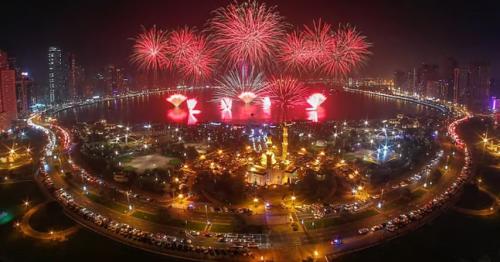
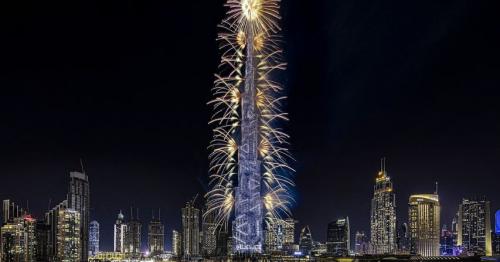
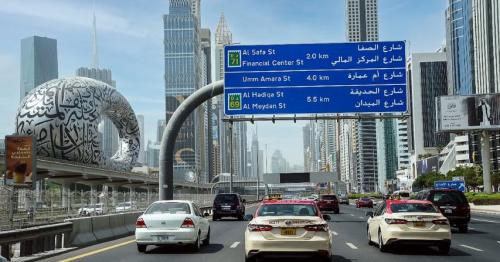
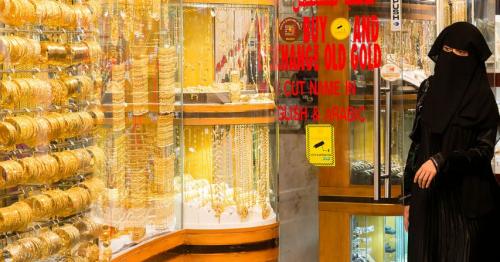
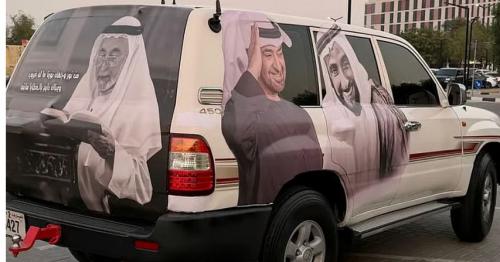
Comments